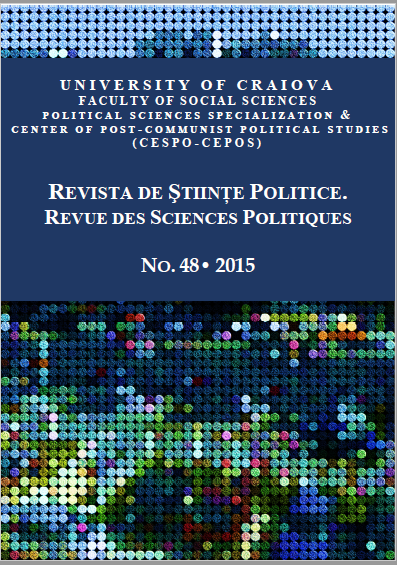Apportionment amongst Member States and the Value of a Vote in the 2014 European Parliamentary Elections
Apportionment amongst Member States and the Value of a Vote in the 2014 European Parliamentary Elections
Author(s): Jakub CharvátSubject(s): Electoral systems, Evaluation research, EU-Accession / EU-DEvelopment
Published by: Editura Universitaria Craiova
Keywords: European Parliament; Member States; representation; degressive proportionality; malapportionment; value of a vote;
Summary/Abstract: This quantitative analysis deals with the issue of the apportionment of seats in the European Parliament amongst the 28Member States and its goal is to quantify the existing principle for allocating the EP seats, the so-called principle of degressive proportionality provided for in the first subparagraph of Article 14 (2) of the Treaty on European Union. The analysis employs quantitative tools commonly used in electoral analysis for measuring disproportionality of electoral rules (the discrepancy between seats and votes). At the individual (Member State) level, the paper finds both the value of a vote (the average size of population per seat) and how much each of the Member States overrepresented or underrepresented (by the advantage ratio measure). At the aggregate level for the whole European Parliament representation, the value of malapportionment is measured by the distortion index created by Loosemore andHanby (1971), as itwas earlier suggested as a suitable strategy for measuring malapportionment by Samuels and Snyder (1991).
Journal: Revista de Științe Politice. Revue des Sciences Politiques
- Issue Year: 2015
- Issue No: 48
- Page Range: 179-190
- Page Count: 12
- Language: English

